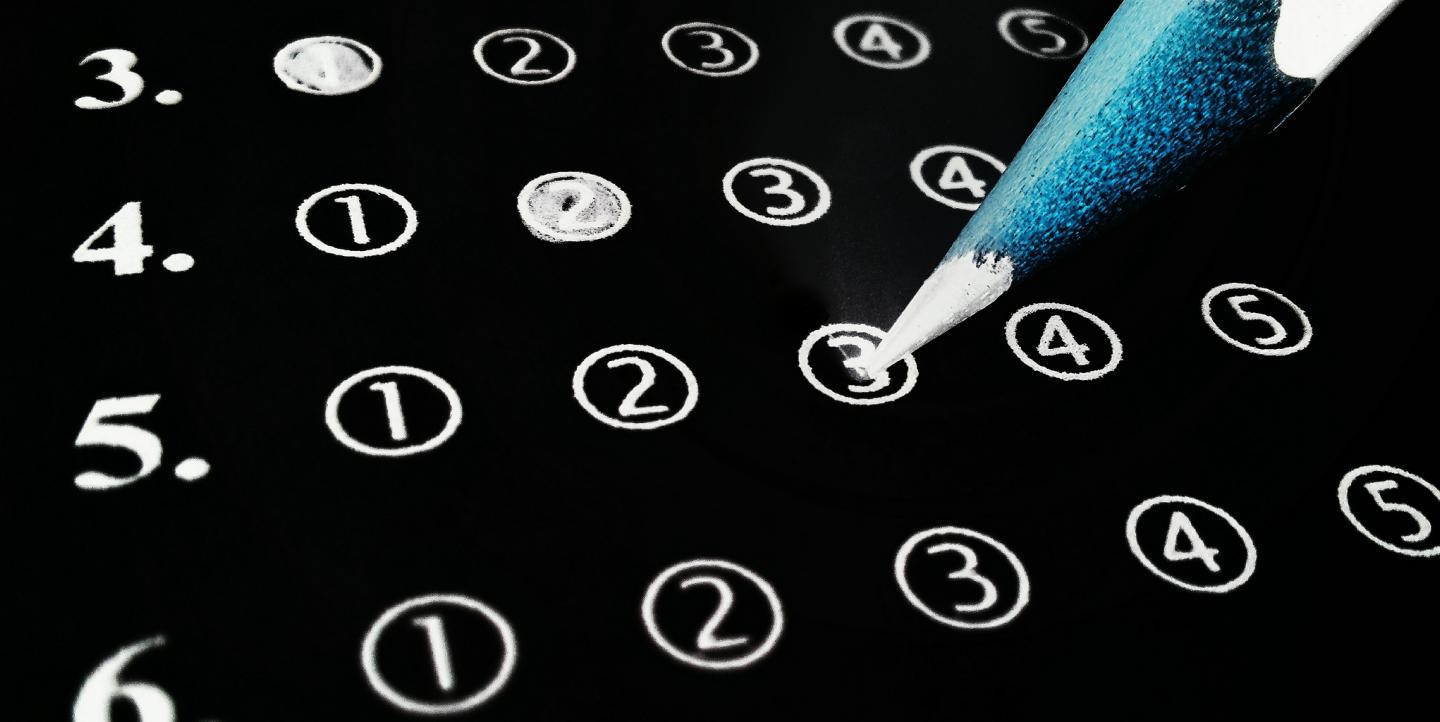To facilitate productive conversations about ethics in newsrooms worldwide, the Online News Association (ONA) recently launched its free Build Your Own Ethics Code tool.
“Ethics are important everywhere,” said Thomas Kent, standards editor at the Associated Press and the Build Your Own Ethics Code tool’s project leader.
“That includes developed countries, because a lot of new media outlets are opening up that often just get started on their operations without thinking about an ethics code,” he continued. “There are also established media organizations that are running into ethical issues in the digital space that they never had to think about before — so I think everyone can benefit from thinking about these things.”
Getting started is simple enough. When you first set out to build your own ethics code, the tool outlines a set of fundamental ethics of journalism that can’t be altered. All users must accept these standards as part of their ethical codes before moving on to the next section.
According to the code, these fundamentals include:
- Telling the truth: You should always strive to be honest, accurate, truthful and fair in any piece of journalism your newsroom produces. Provide context, use reliable sources, correct any errors that arise and always distinguish fact from opinion in your writing.
- Avoiding conflicts of interest: All journalists should avoid conflicts of interest that interfere with their reporting. The interests of advertisers or other third parties should never impact the integrity of your work.
- Respecting your community: Treat your audience and those you write about with respect; consider how your reporting will impact your subjects before publishing it.
- Maintaining professional conduct: Don’t plagiarize or violate copyright law, keep promises made to your sources and readers and give your news staff the tools and support needed to uphold their own ethics.
“We believe that there are some ethical principles that are pretty much non-negotiable,” Kent said about the fundamentals in the code. “If you want to be a journalist, you have to subscribe to certain principles.”
Other ethical decisions in journalism are left to newsroom leaders, who should know how to handle a myriad of situations, including what to do if a journalist enters a conversation with hostage-holders or whether or not a criminal suspect’s name should be published.
The tool has information on approximately 45 ethical issues, such as how to handle coverage of children, suicide and mental health and how to work with freelancers, fixers and translators.
Within each ethical issue, users can select an option that works best for their newsroom. The selections are then added to the users’ ethical codes.
If none of the provided options for an issue work for you, there are blank spaces in which you can enter in your own ethical stance. Once you’ve gone through each category, you’ll have a brand new ethics code that you can print and share throughout your newsroom.
Under the ONA umbrella, Kent and more than 20 journalists and news ethics experts consulted a number of ethics codes worldwide to craft the tool, including The New York Times’ Ethical Journalism code and The European Broadcasting Union’s Editorial Principles.
To get inspiration for your newsroom’s code of ethics, Kent also advised journalists to take a look at the Reynolds Journalism Institute’s global directory of ethics codes, which features more than 400 different ethics codes from around the world that are free to browse.
Main image CC-licensed by Flickr via Dennis Skley.

